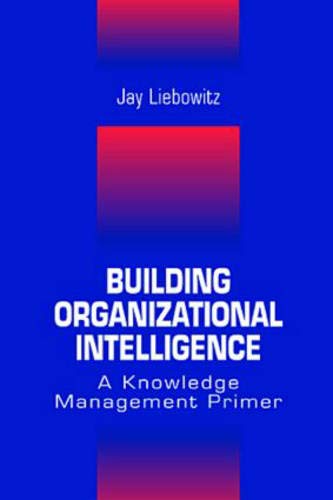Items related to Writing Talk: Paragraphs and Short Essays With Readings

Synopsis
This innovative, confidence-building book is based on the assumption that people have a built-in "ear" for their language—i.e., can "hear" the patterns and rhythms that underlie speaking fluency and that fluency in writing can be developed by applying this inner "ear". It presents writing not as a totally new discipline requiring yet another set of skills, but merely a more logical and formal application of an expertise people already have—talking. A multitude of exercises, assignments, and writing suggestions give readers the opportunity to use their "inner ear" for speech to develop their writing, editing, and revising skills while building an understanding of basic grammar. Coverage includes Preparing To Write; Writing Good Paragraphs; Paragraph Strategies; Writing Good Essays; Sentence Basics; The 20 Most Common Sentence Errors; and Readings. For those interested in the writing process, grammar, and mechanics.
"synopsis" may belong to another edition of this title.
From the Back Cover
This innovative, confidence-building book is based on the assumption that people have a built-in "ear" for their language—i.e., can "hear" the patterns and rhythms that underlie speaking fluency and that fluency in writing can be developed by applying this inner "ear". It presents writing not as a totally new discipline requiring yet another set of skills, but merely a more logical and formal application of an expertise people already have—talking. A multitude of exercises, assignments, and writing suggestions give readers the opportunity to use their "inner ear" for speech to develop their writing, editing, and revising skills while building an understanding of basic grammar. Coverage includes Preparing To Write; Writing Good Paragraphs; Paragraph Strategies; Writing Good Essays; Sentence Basics; The 20 Most Common Sentence Errors; and Readings. For those interested in the writing process, grammar, and mechanics.
"About this title" may belong to another edition of this title.
US$ 6.35 shipping within U.S.A.
Destination, rates & speedsSearch results for Writing Talk: Paragraphs and Short Essays With Readings
Writing Talk : Paragraphs and Short Essays with Readings
Seller: a2zbooks, Burgin, KY, U.S.A.
Softcover. Condition: Very Good. Some shelf, edge and corner wear. Some minor marking. Binding is very good. Multiple copies available this title. Quantity Available: 2. ISBN: 0130996971. ISBN/EAN: 9780130996978. Pictures of this item not already displayed here available upon request. Inventory No: 1560788524. Seller Inventory # 1560788524
Quantity: 2 available
Writing Talk - Paragraphs and Short Essays with Readings
Seller: Basi6 International, Irving, TX, U.S.A.
Condition: Brand New. New. US edition. Excellent Customer Service. Seller Inventory # ABEOCT25-59086
Quantity: 1 available
Writing Talk - Paragraphs and Short Essays with Readings
Seller: Romtrade Corp., STERLING HEIGHTS, MI, U.S.A.
Condition: New. This is a Brand-new US Edition. This Item may be shipped from US or any other country as we have multiple locations worldwide. Seller Inventory # ABNR-137485
Quantity: 1 available
Writing Talk: Paragraphs and Short Essays With Readings
Seller: ALLBOOKS1, Direk, SA, Australia
Brand new book. Fast ship. Please provide full street address as we are not able to ship to P O box address. Seller Inventory # SHAK59086
Quantity: 1 available
Writing Talk
Seller: Books Puddle, New York, NY, U.S.A.
Condition: Used. pp. xxii + 544 2nd Edition. Seller Inventory # 26507278
Quantity: 1 available
Writing Talk
Seller: Majestic Books, Hounslow, United Kingdom
Condition: Used. pp. xxii + 544 Illus. Seller Inventory # 7340625
Quantity: 1 available
Writing Talk
Seller: Biblios, Frankfurt am main, HESSE, Germany
Condition: Used. pp. xxii + 544. Seller Inventory # 18507268
Quantity: 1 available
Writing Talk: Paragraphs and Short Essays with Readings (2nd Edition)
Seller: Mispah books, Redhill, SURRE, United Kingdom
Paperback. Condition: Like New. Like New. book. Seller Inventory # ERICA77301309969716
Quantity: 1 available

